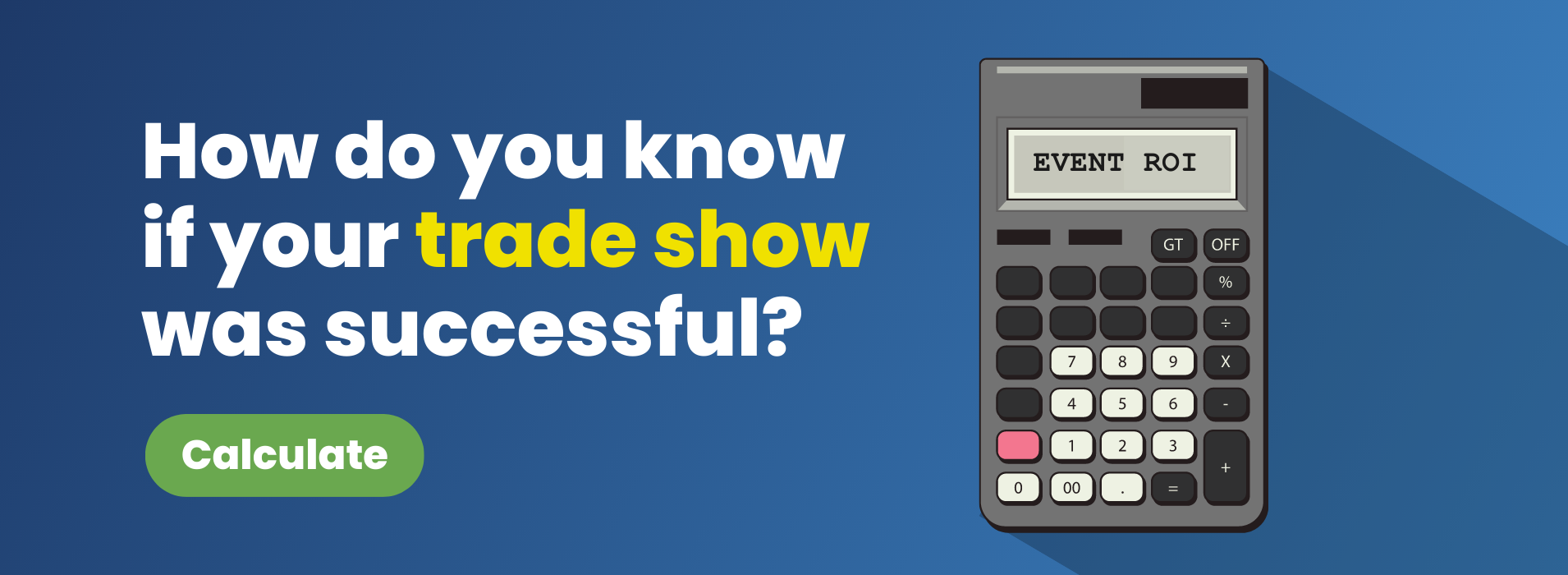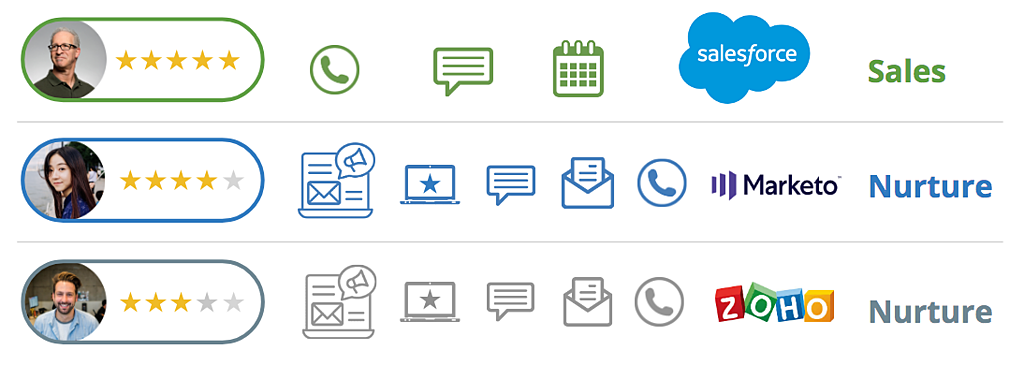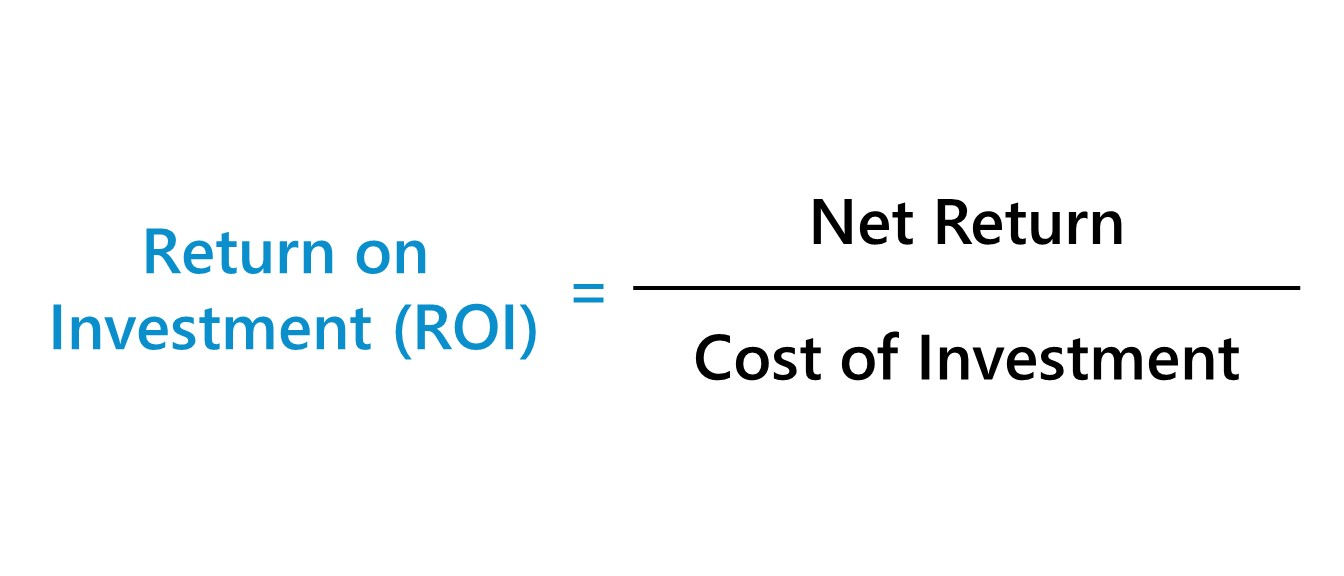Accurately Measuring Trade Show ROI
Measuring trade show ROI can be hard when your data isn’t up to snuff.
Data makes the marketing world go ‘round, especially when it comes to getting a clear idea of whether you spent your time productively at your last trade show. Whether you’re measuring return on objective or return on investment, it’s not just about the number of leads you gather at a trade show. It’s about the value of those leads, as well.
In short: are they Marketing Qualified Leads (MQLs)?
Average ROI for Trade Shows
When it comes to average trade show ROI, how does your team measure up? To answer that question, we need to ask another question, first. How many Marketing Qualified Leads–that is, sales-ready leads–are you generating from your trade show participation?
If you need a yardstick, consider this: our trade show marketing research indicates companies with average trade show performance generate 1 MQL for every 7 people engaged in trade show booth. Teams that outperform the average net 2 to 3 MQLs per 7 leads captured.
Measuring Trade Show ROI
As we said earlier, the total number of trade show leads generated matters. But the idea that trade show success should hinge on this, or even the total number of MQLs, is outdated – especially when it comes to measuring trade show ROI.
Knowing how to quickly assess MQLs generated at trade shows is a skill worth having. But we recommend taking it further by focusing on the amount of pipeline generated in addition to your team’s performance against average companies. MQLs with higher readiness to buy are extremely valuable and can shed light on the customer journey, offering you better data for future use and the ability to make more informed decisions.
Trade Show ROI Metrics to Consider
Before you start crunching numbers, let’s gather that high-quality data.
There are a few trade show ROI metrics we recommend understanding and knowing ahead of your next event. These help to determine a successful trade show. Getting an accurate count of MQLs (and their final conversion) is essential. Along with MQLs generated at your last event, you’ll need data about your average deal size (or a range) to calculate your return on investment accurately post-event.
Here are the five most important metrics to know about your trade shows:
- Number of qualified leads captured
- Percent of leads that qualified to MQL
- Percent of MQLs that converted to Sales Accepted Lead (SAL)
- Percent of closed-won leads
- Total revenue sourced from the event
How to Measure Trade Show ROI
The simplest way to measure trade show ROI is with our handy trade show ROI calculator. It can show you how many sales-ready leads you should generate based on the information you likely already have on hand.
Remember, the return on investment looks different for every business. What matters most isn’t the number of leads you’re capturing at trade shows or even walking away with, but how sales-ready those leads are. Again, numbers are only numbers – what really matters is what you do with the data you collect.
Improve Your Trade Show ROI
Trade show success is not determined by having a good trade show booth design. Furthermore, business card and badge scanners have been the status quo at trade shows for years (and maybe even decades). But capturing this data is rarely the same as capturing a qualified lead.
To really drive deals and revenue from events, trade show teams must ensure they’re capturing qualified leads. Not all trade show attendees are going to be the decision-makers in your target audience. And the work doesn’t end there – after the trade show, every business should have processes in place to ensure qualified leads make it to sales teams for follow-up.
Focusing on sales qualification in your trade show booth (as well as properly segmenting your leads) can offer quick, useful insight into event performance. It’ll also help you develop a reasonable benchmark for your trade show ROI calculations in the future.
Next Steps for Your Future Trade Shows
Gone are the days when badges scanned or leads generated were the kings of trade show ROI. Today, we know that lead quality, pipeline generation, and time spent wisely – that is, time spent following up with sales-ready leads – matter far more.
At iCapture, we developed the Capture, Sort, Deliver™ framework to help deliver data that tells a story. At the “Sort” step, we use the data captured by booth teams in the “Capture” step to identify MQLs and accurately sort the leads after trade shows. When that data shines, it’s easier to know which leads are worth following up with–as well as how to follow up with them.
We know that qualified leads don’t stay hot for long. That’s why capturing sales-ready leads is only one small piece of the puzzle – and why we place so much importance on follow-up processes after the show. Our app can support your booth team by not just gathering data from future events, but doing more with that data to bolster your trade show strategy: improving lead generation, informing segmentation, strengthening your follow-up protocol, and of course, measuring trade show ROI.
Frequently Asked Questions
How is trade show ROI calculated?
At the most basic level, measuring ROI is done by the following formula:
(Revenue - Investment) / Investment
We’ve learned there’s more to ROI than numbers alone. You can use our event ROI calculator to get an idea of how you’re performing, or you can contact us to learn how our app can help your team gather high-quality, sales-qualified leads.
What’s a good trade show ROI?
The short answer: it depends. The long answer: if you’re comparing your success against other companies’ performances at trade show events, the average is 1 MQL for every 7 people engaged at trade show booths; or 14% of leads captured. Teams that outperform the average net 2 to 3 MQLs per 7 leads captured.
How do you measure trade show success?
Good question, but first, we have one for you: what does success look like for you? This is when it is important to take a look at your trade show's key performance indicators. Is it the sheer number of leads generated? Is it the number of MQLs generated? Is it face-to-face conversations? Read more about our 5 most important metrics for trade shows above.
How do you maximize your trade show ROI?
Simply put, ensure you’re spending your time wisely. Events are expensive, and it is important to get the most out of your trade show investment. Make sure your trade show booth conversations are capturing the data that really matters. (To that end, ensure your lead form has all the right fields.) This will help you not just capture leads, but capture more sales-ready leads that are further down the pipeline and ready to hear from your sales team. Just make sure there is a post-trade show follow-up process for those leads.
Which other trade show metrics should you be measuring?
ROI is only one of the key metrics that should be used to measure your trade show performance. It's time to start thinking about our trade shows as a revenue generating channel, and tracking the data as one. The top trade show metrics that should me measured is total leads captured, amount of priority leads captured, cost per lead, lead follow-up time, and of course, ROI. Learn more about the top trade show metrics you should be measuring.




